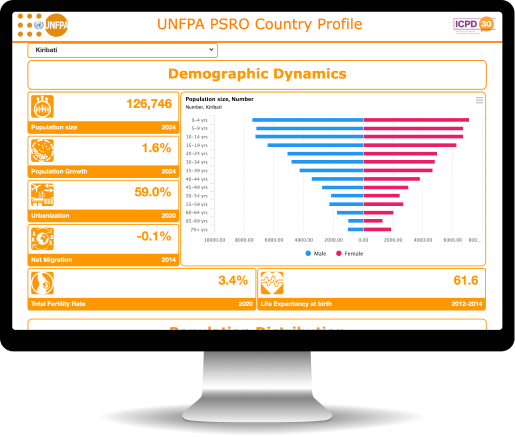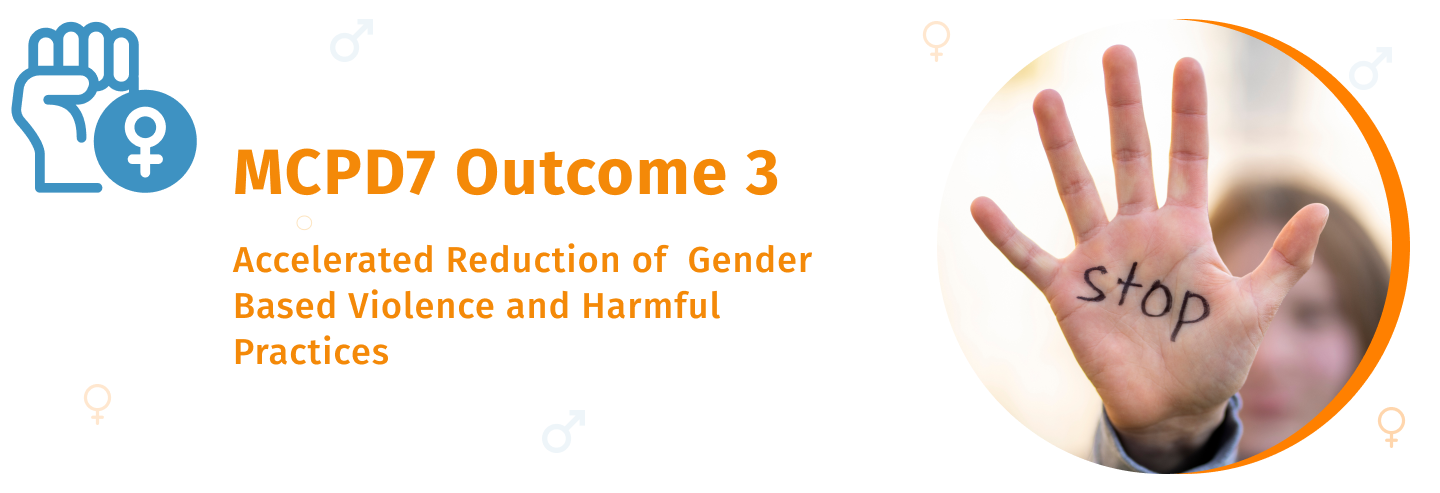Mission
UNFPA, the United Nations Population Fund, is the sexual reproductive health agency of the United Nations and is an international development agency whose mission is to promote the right of every woman, man and child to enjoy a life of health and equal opportunity. UNFPA supports countries in using population data for policies and programmes to reduce poverty and to ensure that every pregnancy is wanted, every birth is safe, every young person is free of HIV/AIDS, and every girl and woman is treated with dignity and respect

Pacific Island Countries & Territories
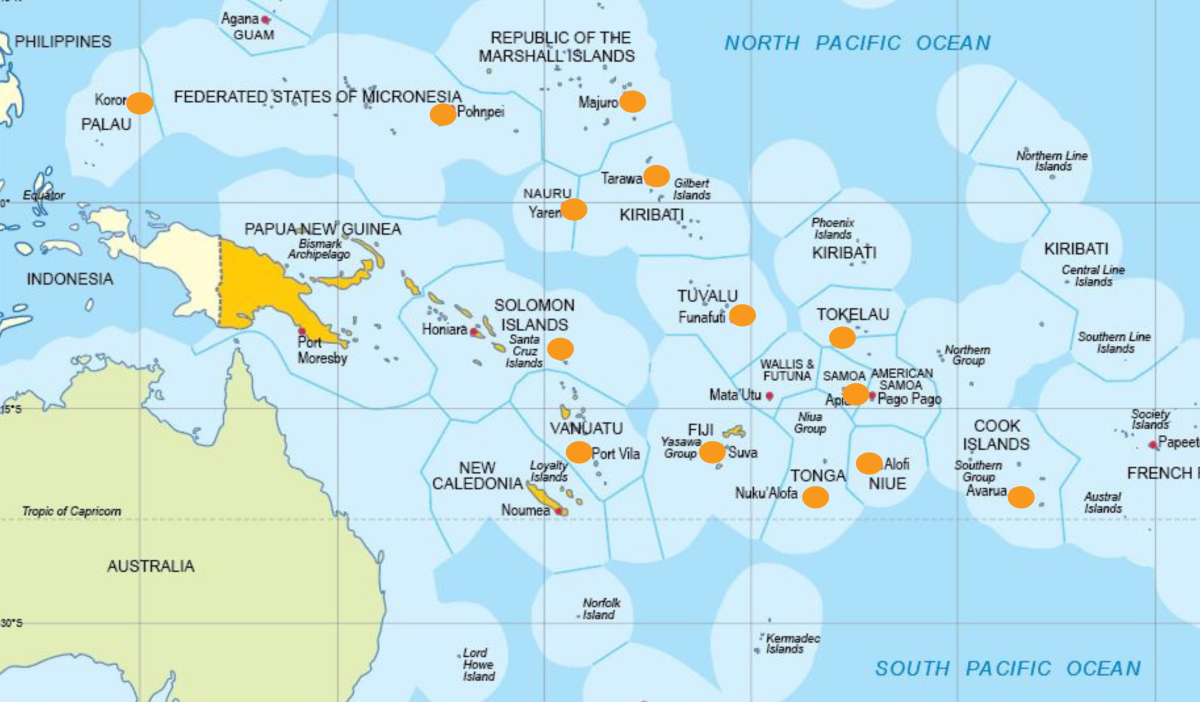
About MCP7
Sexual and Reproductive Health and Rights (SRHR)
"The UNFPA Pacific Sub-Regional Office's Sexual and Reproductive Health and Rights Programme is dedicated to improving the health and well-being of women, adolescents, and youth in the Pacific region. By focusing on increased access to quality sexual and reproductive health services, including family planning, maternal and newborn health, and prevention and treatment of sexually transmitted infections, the programme empowers individuals to make informed choices about their reproductive health. It also actively addresses gender-based violence and champions gender equality. Through strategic partnerships with governments, civil society, and various stakeholders, this program is making a tangible difference in the lives of Pacific people, resulting in improved maternal and newborn health, reduced gender-based violence, and the promotion of a culture rooted in equality and empowerment."
Reproductive Health Commodity Security (RHCS)
RHCS stands for Reproductive Health Commodity Security. Reproductive health commodity security exists when people can choose, obtain, and use high-quality contraceptives and other RH supplies whenever they need them. The PSRO RHCS program's overall goal is ending unmet need for family planning and preventable maternal mortality by increasing equitable access to high quality modern contraceptives and life saving maternal health medicines. The partnership outcome focus with the 14 Pacific Island Countries and Territories is that women and girls are able to access and use a choice of quality commodities for reproductive health, including family planning, whenever they need them through increasing availability and choice of commodities, strengthening supply chain, increased country resource allocation for commodities and operational effectiveness and efficiency.

Gender Equality
The Gender Equality data landscape cuts across all areas of work of UNFPA, as well as has dedicated data and indicators related to SDG 5 on Gender Equality. To meet UN data standards on Gender Equality, data related to populations across all of UNFPA's thematic areas should be disaggregated by sex and age, and gender and disability where possible and follow WHO/UN ethical guidelines. Key data points collected by UNFPA to measure progress towards SDG 5 include,
- Qualitative and quantitative data on whether or not legal frameworks are in place to promote, enforce and monitor quality and non-discrimination on the basis of sex, including in relation to access to SRH and GBV information and services
- GBV prevalence data
- Child Marriage prevalence data
- Proportion of women aged 15-49 years who make their own informed decision regarding sexual relations, contraceptive use and reproductive health care
For MCP7, in the future more data will be collected regarding the presence and participation of Women-led and other SRH/GBV rights organizations in coordination platforms and Implementation of Human Rights treaties (including UPR commitments) related to ICPD. In line with it's humanitarian mandate, UNFPA must also maintain updated qualitative and quantitative data on GBV referral mechanisms.

Population and Development
In the area of Population and Development, and in alignment with the UN Multi-Country Programme (MCP7) for 2023-2027, the UNFPA Pacific Sub-Regional Office (PSRO) assists countries in ensuring that sexual and reproductive health indicators are routinely collected as part of their national health information systems and are made publicly accessible.
Furthermore, UNFPA supports Pacific Island countries in generating key population data outputs, including sub-national population projections, regular vital statistics reports, and census reports. It also analyzes population mega-trends such as mobility, urbanization, and climate vulnerability. To facilitate these efforts, UNFPA provides both technical and financial assistance for censuses, Multiple Indicator Cluster Surveys (MICS), and gender-based violence prevalence surveys conducted across the Pacific.

Adolescent and Youth
UNFPA aims at strengthening skills and opportunities for adolescents and youth in the Pacific to make informed choices about their sexual reproductive health and reproductive rights, promotion of youth leadership and meaningful engagement in development through innovations, climate change action and justice and national capacities to harness the Demographic Dividend.

Humanitarian Action
UNFPA in the Pacific is dedicated to enhancing emergency preparedness and response through strategic programming and advocacy. By focusing on building community resilience against climate-induced disasters and pandemics, UNFPA ensures that critical frameworks for sexual and reproductive health, gender-based violence, and disability inclusion are integrated into national disaster strategies, policies and programs. Central to this mission is the active involvement of women, young people, and persons with disabilities in decision-making, empowering communities to effectively address disaster risks. Through this comprehensive approach, UNFPA is not just preparing for emergencies; it is fostering a future where communities can thrive amidst challenges.
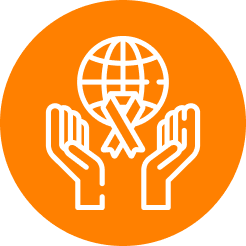
The Pacific Multi Country Programme Action Plan
UNFPA, the United Nations Population Fund, is the sexual reproductive health agency of the United Nations and is an international development agency whose mission is to promote the right of every woman, man and child to enjoy a life of health and equal opportunity. UNFPA supports countries in using population data for policies and programmes to reduce poverty and to ensure that every pregnancy is wanted, every birth is safe, every young person is free of HIV/AIDS, and every girl and woman is treated with dignity and respect
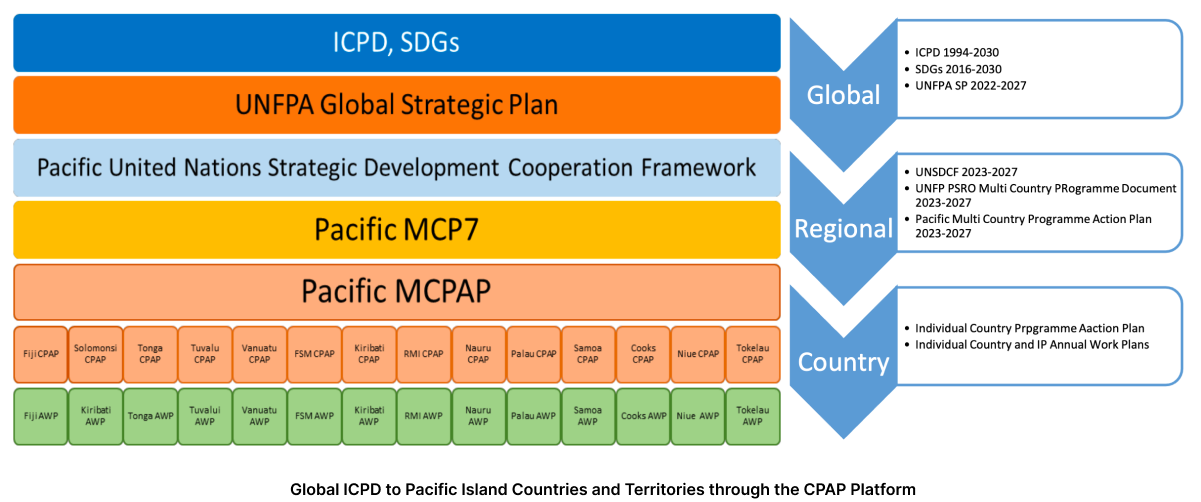
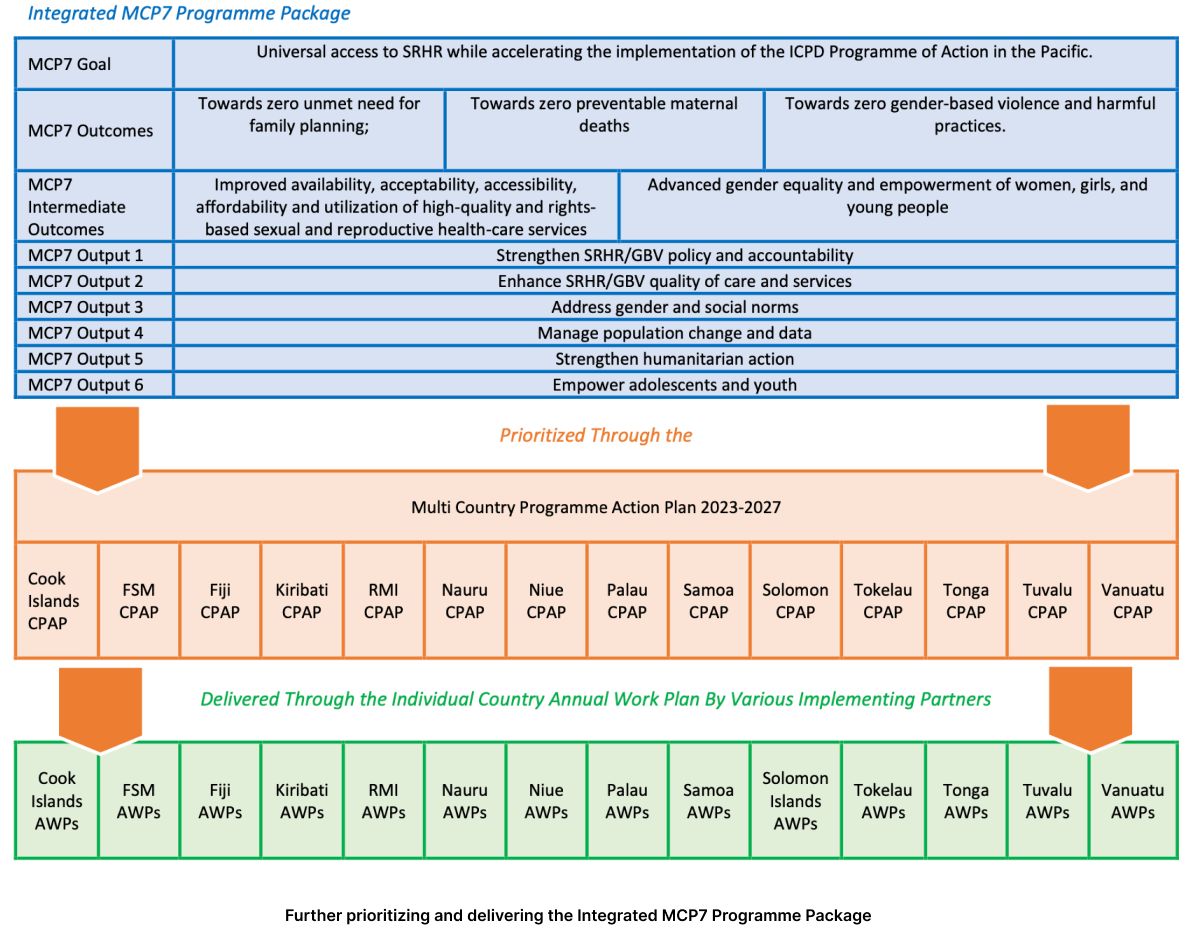
How is mCP7 different?
DFA Dashboard is a powerful tool allowing users to design and develop custom data dashboards without any coding knowledge. It is connected to an online data warehouse and the tool contains a bundle of features that allow users to leverage the power of analytics.
Dynamic connection to a data warehouse
Single and multi page dashboard
Built-in library of visualizations
HTML editor
Built in image library and media folder
Language support
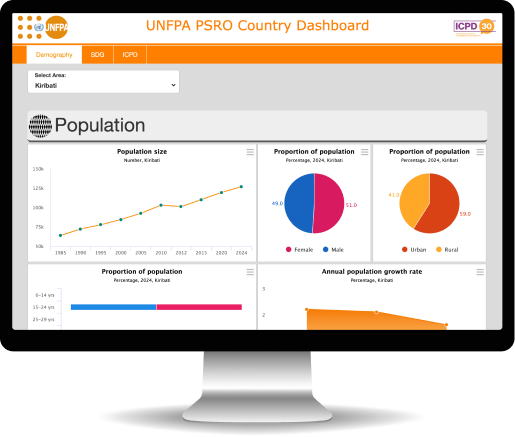
DFA Visualizer allows to query an underlying data warehouse and view the whole content. Users can select the desired area and indicators and view data by trend, disparities across time periods and geographies. Data can be displayed in the form of charts and maps.
Explore
Edit and create visualisation
Gallery
User Registration
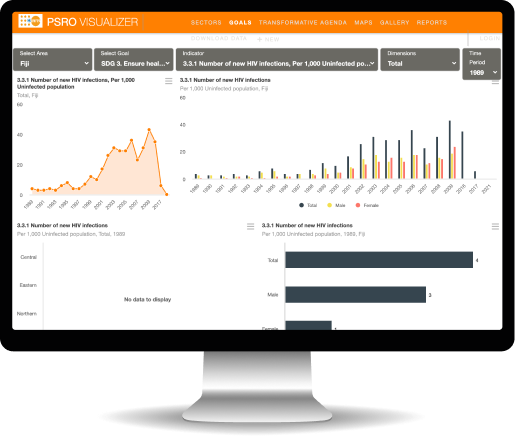
The country profiles provided here offer a concise overview of each nation's demographic dynamics, population distribution and composition, geographic characteristics, economic and social profiles, sexual and reproductive health, and gender equality.
Dynamic connection to data warehouse
Home/ Landing page
Online and offline profiles
Built-in library of visualizations
